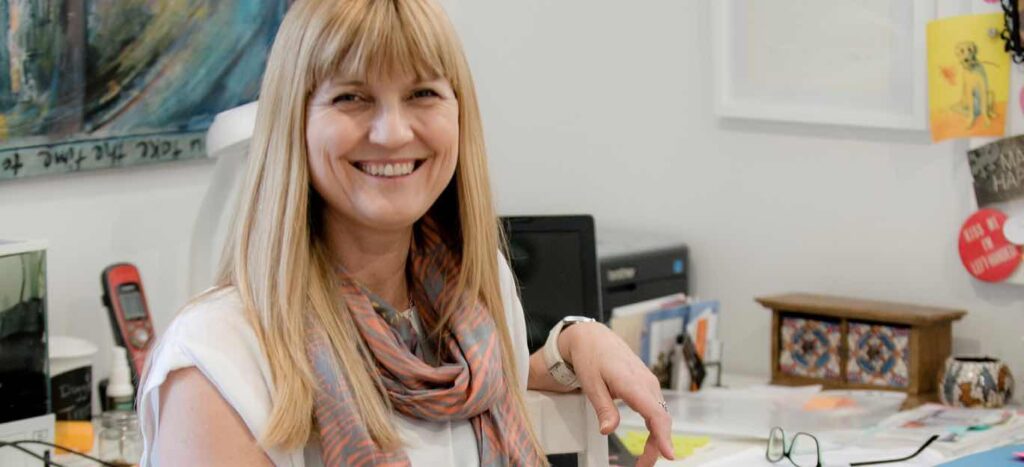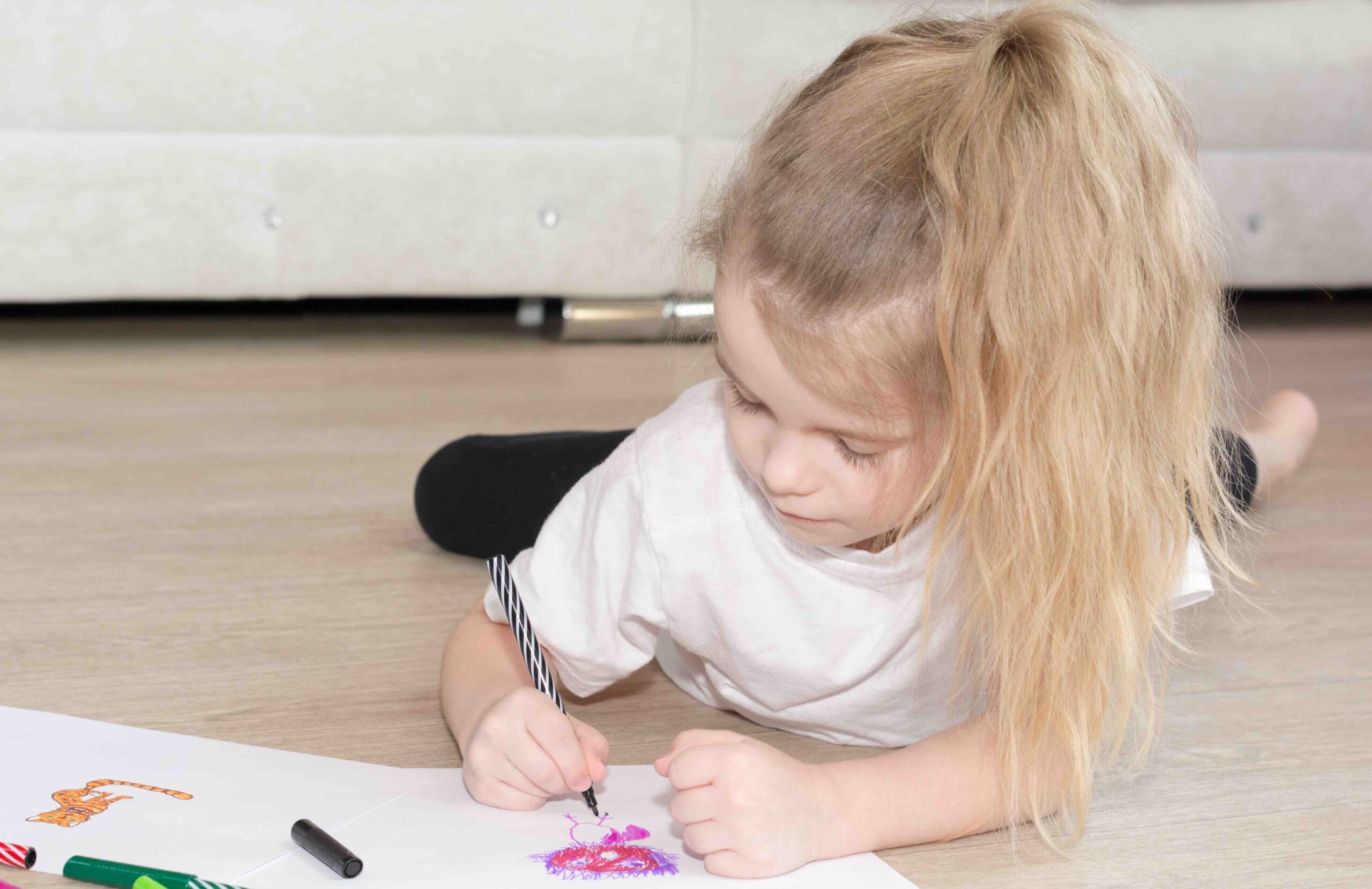There are long term benefits for encouraging young children to draw. By providing some simple materials like plain paper, pencils and colours, you’ll be helping them to safely process everything that happens to them in their life.
Imagine their world for one minute! Everything is new and somewhat confusing. They are learning every minute they are awake. Drawing helps children to make sense of all the things they see and do. Drawing helps them ‘work things out’! It is an outlet that gives them a way to process what’s on their mind and in their heart. While a child’s drawing may seem simple and repetitive to you, to them it is a magical mixture of questions and answers. Incidentally, the same applies to adults too.
Be aware that not all ‘drawing’ is equal. For example, for very young children ‘Colouring-in’ (a pre-drawn image) very different than drawing from scratch. Colouring is good for developing fine -motor skills, learning holding the pencil correctly and learning to control where the marks go (staying inside the lines) which helps them with tasks such as handwriting at school. It is also an activity that involves choosing colours (making decisions) and learning the names of colours but it is also vital that children are encouraged to draw from scratch as well.
Access to plain paper or even a mini whiteboard gives a child the freedom to document every idea that comes into their mind, in their own way, so they are using their imagination and learning to solve complex problems at the same time.
If your child finds it hard to focus, you might try sitting with them and drawing on your own paper while they draw on theirs. With you, by their side, they will see that you value drawing too and they will like having company. Soon they will also be happy to draw independently.
My last piece of advice is to honest with your feedback… “good” and “nice” won’t inspire them for long. Children what to hear more. Tell them what you can see in their work…e.g. I like the colours you chose OR I can see you have put in a lot of effort/time/details etc. Remember that drawing is a way for a child to show you how they are feeling, so by taking an interest in their work, you can also teach them to talk about their emotions and help them learn the art of conversation.
When a child is drawing they are developing their creative thinking skills, the number one skill that they will need to adjust to everything life throws at them the future.
Tips from Natalie Lynch – Natalie Lynch is a creativity expert and advocate for using Art as Therapy.

Combining her love of Art, with lessons learned from her real-life experiences, Natalie founded Studio Yellow in 2016 where she offers unique workshops, programs, and online courses for adults wanting to lower anxiety and increase joy.




